Helming a flourishing path with feel-good gumption, Glass unpacks identity, optimism and creative longing with the trailblazer.
IT’S easy to think of past times when ballet was so daringly fawned over and yet simultaneously omnipresent in not only its natural home of theatre but in the broader culture.
Throughout history, the spheres of dance and art completed a merge of sorts, gearing into a machine with two heads—namely, precision and expression—with no one sure which way it’ll pull next. Milan-hailed dancer Nicoletta Manni might well be its successful Italian offspring.
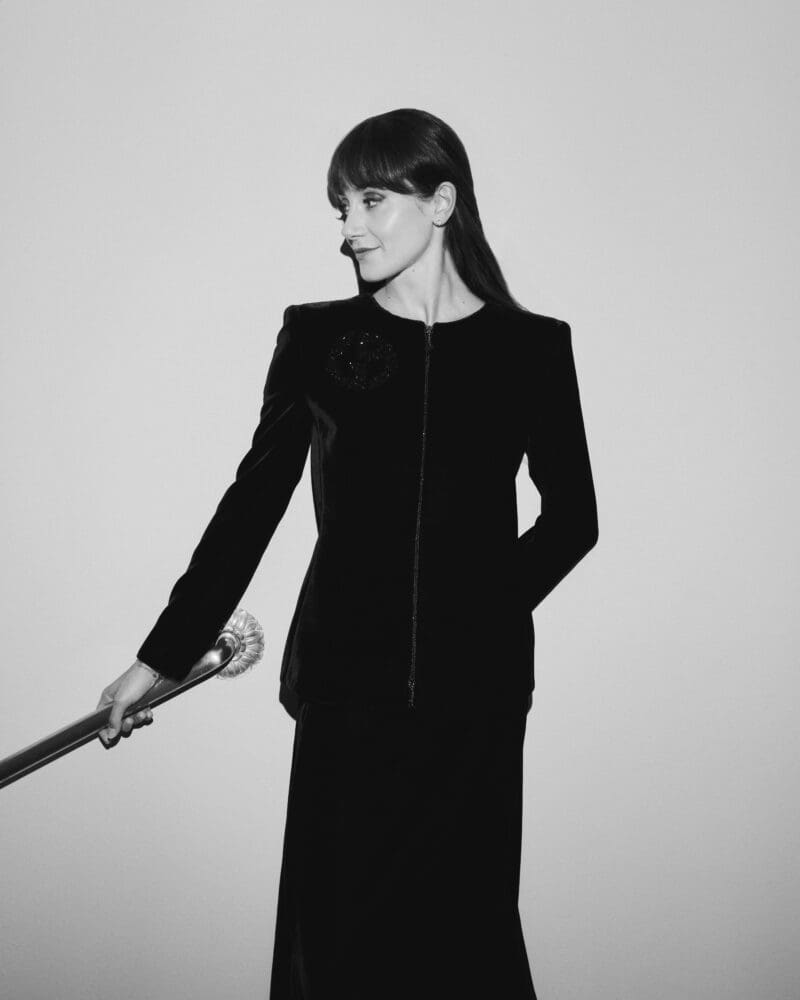
Photographer: Luca Stefanon
“I’m from a small town close to Lecce,” squeals Manni, bounding around Teatro alla Scala’s upper foyer while having her cult curls carefully pruned around her cherubic face. I’m not sure I’ve ever seen someone more softly spoken, but then it’s 5 pm on a mild September evening and after a long day of rehearsals it’s little wonder that the 33-year-old thrills about forthcoming productions.
“The [town’s] name is Santa Barbara, but it’s nothing like California!” the dancer enthuses pre-shoot, as we settle down on a couch for our conversation. “It’s a pretty tiny place that counts a hundred people, so it’s a very different worldview if you’re from the city.”
As a woman of great poise, Manni argues that over the past year, there have been fundamental changes. “Well, I’d mention the last two years because of my artistic pursuits and my personal life,” she says. “A lot fell into place: my husband asked for my hand in marriage, I wrote a book titled La gioia di danzare (‘The Joy of Dance’, edited and published by Garzanti in 2023) and I had a promotion; so many things I didn’t expect in my entire life.”
Manni’s desire to venture into ballet stems from her mother, who has a ballet school. “I started dancing when I was two and a half just because I didn’t want to leave her, and I wanted to stay with her,” she blithely reminisces. “I was asking her to bring me to school, and I was disturbing her classes! But I was small and I just liked being there, moving and enjoying other people’s company, and so I did my first performance when I was two and a half.”
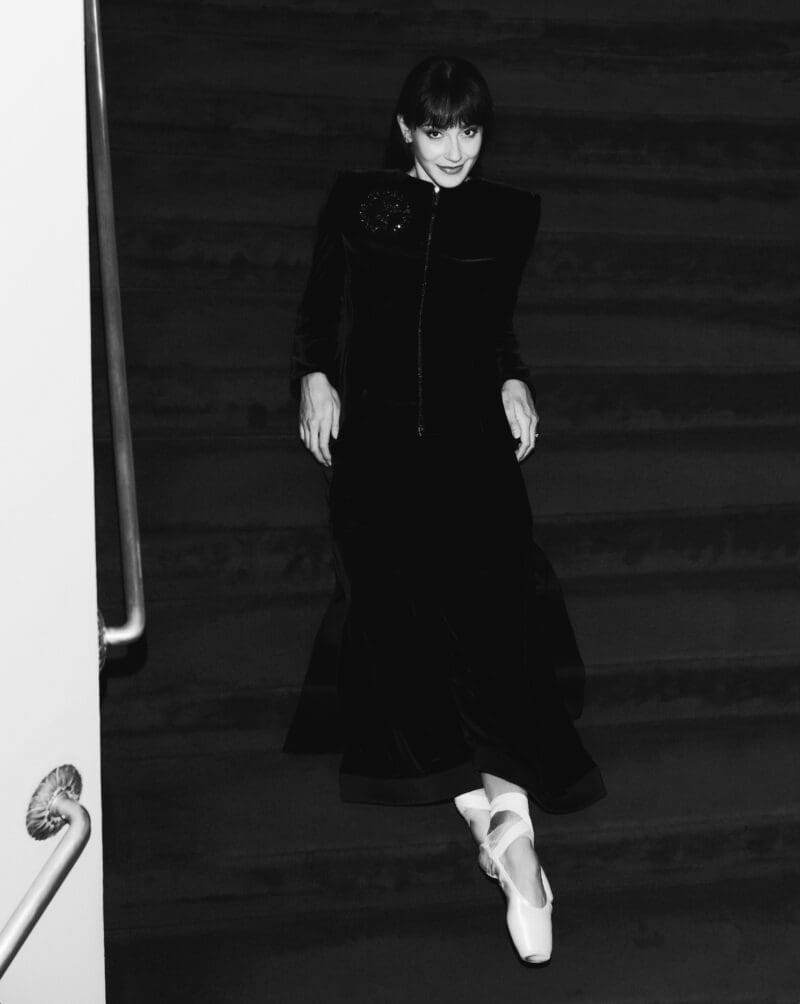
Photographer: Luca Stefanon
After graduating from La Scala in 2009, Manni joined the Staatsballett in Berlin directed by Vladimir Malakhov, a time when she danced all major pieces of the classical repertoire. It seems apt to ask how migrating from the Italian institution to new ground felt. “This was a big transition for me, and it wasn’t my choice in the beginning because I graduated when I was 17, and in Italy you can’t work if you haven’t reached 18, nor audition for companies,” she opines.
“So at the time I didn’t have a choice, and I had to go outside of Italy,” she details, explaining how the move made her come to terms with the way work is perceived outside of Italy. “I took the plunge at that age because later down the line, taking a step back is a hard slog.”
Manni credits a former La Scala director for her dance awakening as a teenager (“all of this is testimony to how mentors can utterly shape your creative being”). Her stay in Germany, early on in her path, fuelled her yearning.
“Machar Vaziev—former Director of La Scala’s Corps de Ballet (from 2009 to 2016)—was very important, and I’m here because of him,” she recalls, her face filling with emotion. “When I moved to Berlin he was looking out for me, but I couldn’t attend at the time, because of my age. He seeked my presence, and invited me to join La Scala so many times when I was working in Germany. And after three and a half years, I chose to relocate and since then I’ve had the opportunity to dance principal roles.” But does she have time for stuff that isn’t pointe-related?
“It’s hard to say!” she grins, explaining how dancers never have time to rely on what they wish, nor to rest. “My biggest thing is to go and visit my family,” she says. “This gives me a lot of energy and I feel elated when I see them.”

Photographer: Luca Stefanon
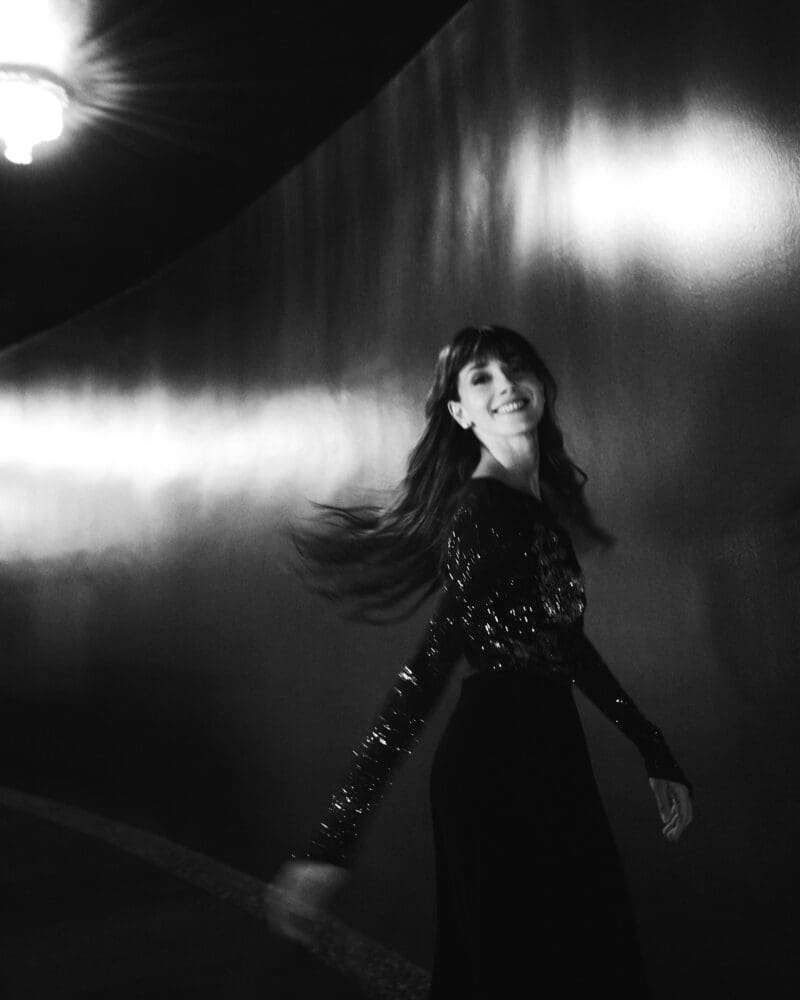
Photographer: Luca Stefanon
Those who’ve had the privilege of watching her dance live alongside world-known mavens can testify to Manni’s phenomenal skills on stage and powerful technique that exceed those of most of her peers. The breadth of roles she took on saw her on the global horizons, including the likes of Kremlin Ballet Moscow (Giselle), the Asami Maki Ballet in Tokyo (Roland Petit’s Notre Dame de Paris), the Lithuanian National Ballet in Vilnius (Don Quixote), the Bolshoi Ballet in Moscow (La Ballerina in Etudes by Harald Lander) and far more—resulting in characters that are as confessional as they are gut-wrenching and swathed in emotion.
November 2023 saw Manni’s big break, where she danced the role of Tat’jana of John Cranko’s Onegin alongside Roberto Bolle. At the end of the second performance, on November 8, Superintendent and Artistic Director Dominique Meyer together with Ballet Director Manuel Legris announced her appointment as étoile. Expected? “It wasn’t at all!” she remembers, as such recognition is something that not every theatre has. “No one from the company got to this position in 37 years, and as previous recognitions were given to guest dancers being conferred this title almost felt like something that wouldn’t happen ever again in Milan.”
Manni says it was something of a big surprise because of how it turned out: on stage. “It never happened before at La Scala, as it’s a practice that takes place in Paris. When I saw the directors coming on stage with microphones to offer a speech at the end of Onegin, I didn’t think about what could have happened: I thought someone was leaving or going on pension. They began talking about everyone, from the principal dancers to Roberto [Bolle], and then they left me as the last one with the role.”
Speaking of that moment, Manni is candid about how the character of Tat’jana marked a career turn in her life. “It changed me completely,” she says. “Earlier in my career, I always loved dancing strong and powerful characters but this one literally changed my mind. Right within the performance, I discovered that I love being dramatic and sensitive.”
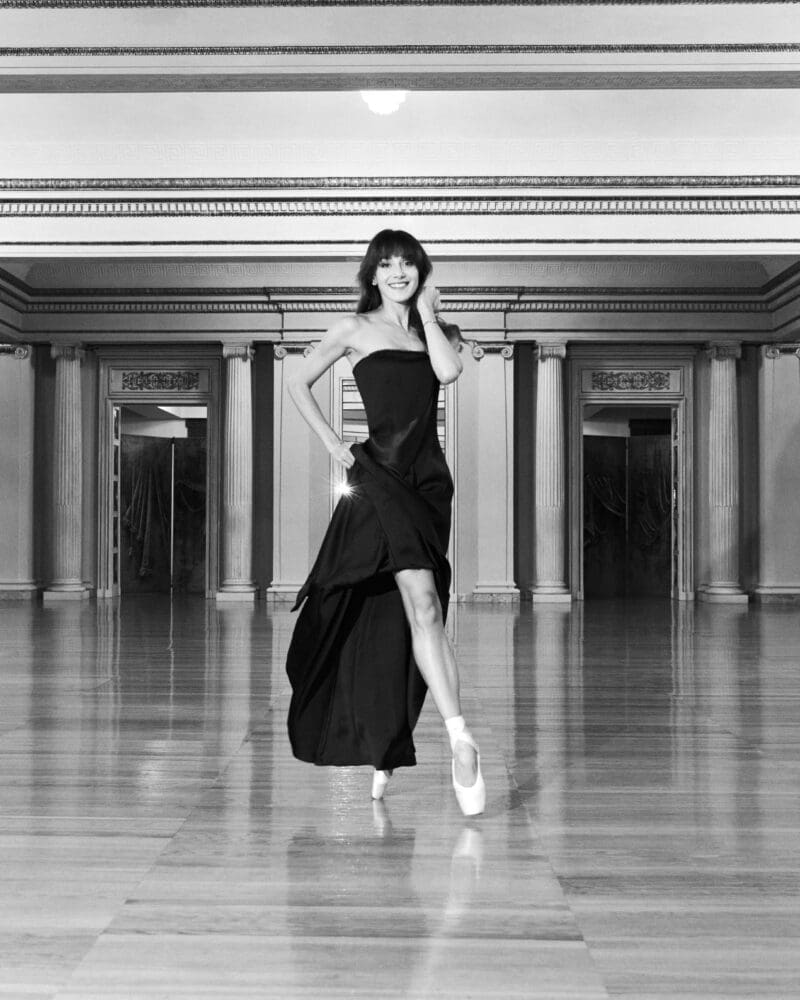
Photographer: Luca Stefanon
Manni recently starred in Kenneth MacMillan’s L’Histoire de Manon, playing the role of a teenager who cannot resist the pleasures that life offers her. At this point, I cannot help but wonder if she somehow relates to the character of the protagonist. “I think that the character doesn’t relate to my personal side outside of ballet,” she says.
“But on stage, it surely does. Someone told me that Manon can be a life-changing performance, and I didn’t believe that. But I think it’s just the feeling that when you get to explore it, there can be a change.” Change can be something very special, indeed. “There’s a lot of grief, a lot of drama and a lot of layers, and it’s challenging, of course, but it’s also the best thing about it because you can be three different characters in the same evening.”
Her penchant for classical repertoire has changed over the years, and she now leans onto more sensitive roles. “Ten years ago, I’d say I mostly loved dancing the Swan Lake’s Odette/Odile, Don Quixote’s Kitri or the Corsair’s Medora: all these powerful women, energetic in equal measure. But these days I enjoy dancing roles like Manon, which lean on a softer and more dramatic side of my artistic identity.”
Manni is currently rehearsing The Lady of the Camellias (La Dama delle Camelie), which will be on at La Scala from September 25th. “It’s a role that I only danced once in my life, around seven years ago, and I changed a lot since then,” she says. “I have a really special memory about it and years on, I’m completely different, so it’ll be a new memory for me. And that’s the best thing about this job: dance the same role, but at a different tip of your life.”
One of the cornerstones of the choreographic work of John Neumeier, who returns seven years after the last production, is known for his skill and dramatic storytelling. Neumeier taps the novel by Alexandre Dumas’ son, written in 1848, a few months after the death of Marie Duplessis, whose story inspired Verdi’s Violetta from La Traviata and the poignant notes of Chopin. With an intense and refined score and a somewhat Visconti-like scenic apparatus, it leads to climaxes through marvellous pas de deux and grand scenes.
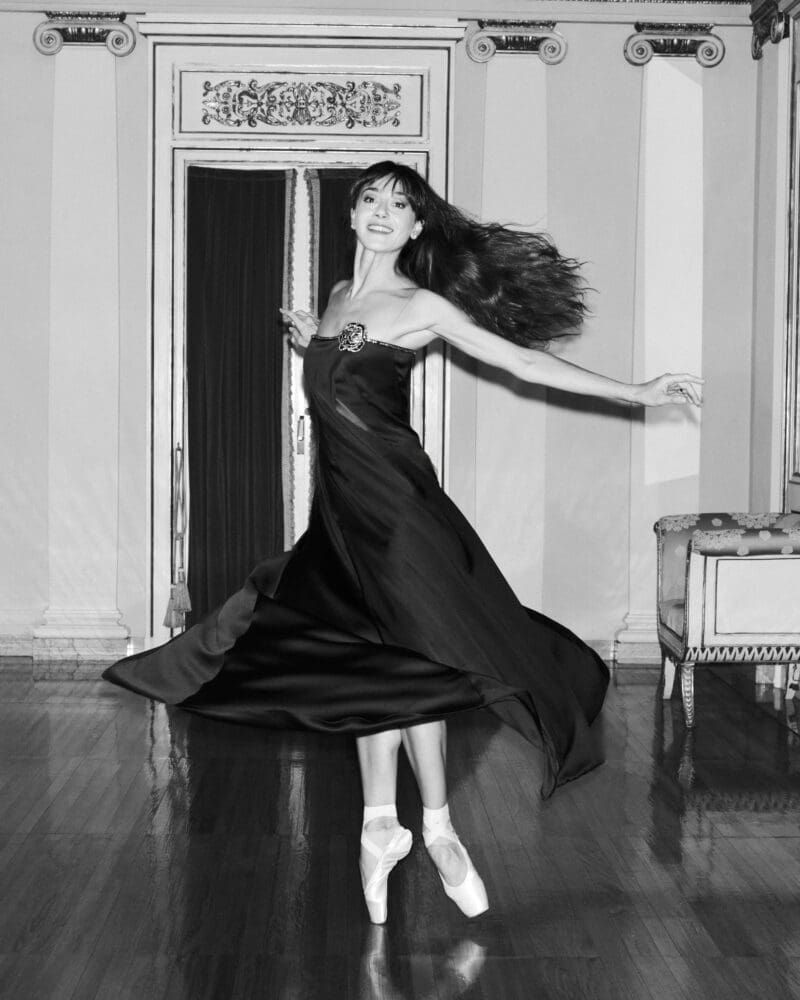
Photographer: Luca Stefanon
Speaking of challenges as an étoile, she faces the pressure to keep her professional standards high while strengthening the steps of her journey. “If I talk about challenges as an étoile, I would say that the hardest thing is that you are one every day, not just on stage,” she opines. “You’re an example and someone that people look up to as inspiration, so you have to give this image of yourself and always be at your best.” It’s draining, however “it feels like motivation to work on something every day,” she details.
“Then, in terms of more personal reasons, I think to arrive at this point was hard, because you start when you’re very young and you don’t get to decide much of your own life.” Her family remains her pillar, no matter what. “My parents were always there for me. Back then I used to try going home every two weeks, even though I came from far away I wasn’t allowed to take the plane alone, so I had to go by train. I was taking the train at night, but this was something that would give me strength to start the new week.”
Past our allotted interview time, she concludes by giving me an insight into the hopes that led her to reflect on what she has built through the process of having to sacrifice herself for the practice she deeply cherishes. “I hope to never get tired of this, and I hope this ardent excitement I have today of wanting to do more stays alive.” And just like Manni, I very much hope the same.
by Chidozie Obasi
Photographer: Luca Stefanon @lucastefanon
Stylist: Chidozie Obasi @chido.obasi
Hair and make-up: Mattia Andreoli @mattia__andreoli
Contributor: Dennis Cappabianca @antidennis
All Clothing GIORGIO ARMANI Fall-Winter 2024
